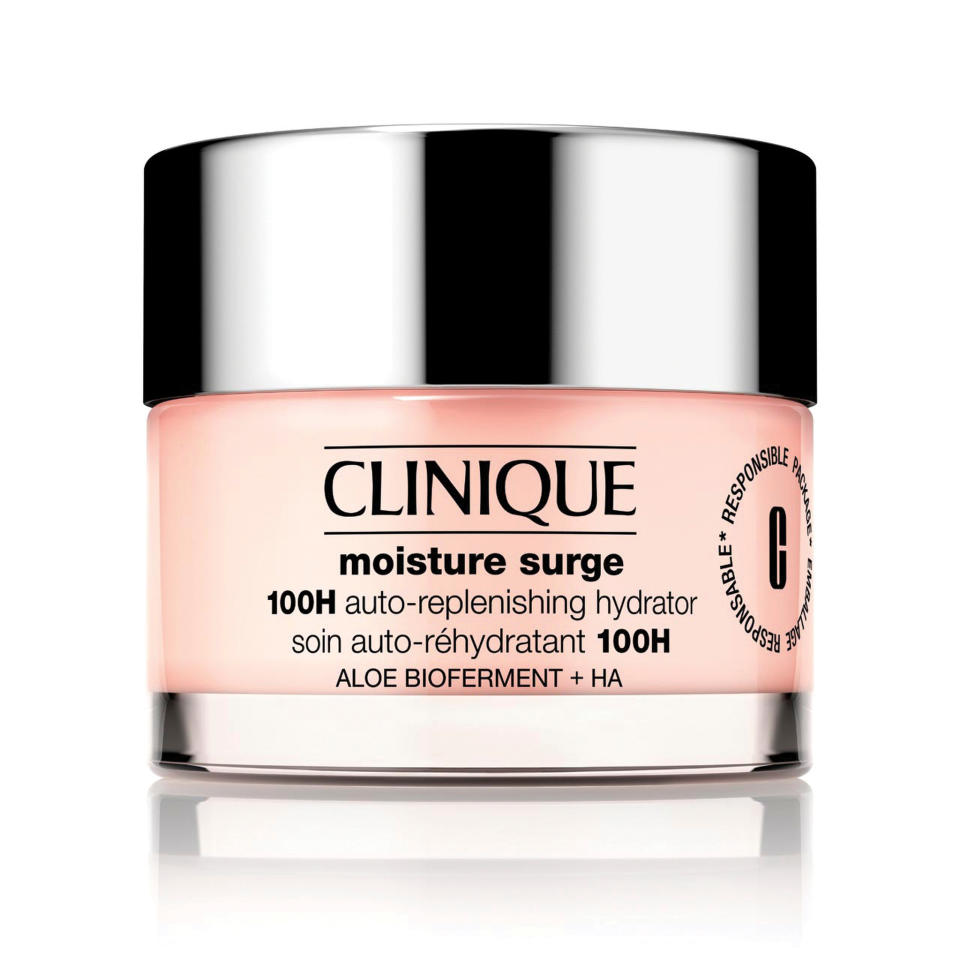The Rise of the Fashion Hero

Fashion might just need another hero.
The post-pandemic, ultra-connected, omni-focused and economically uncertain business of today seems to require a little bit of everything — from new tools like AI to new spins on some old approaches.
More from WWD
Enter the hero product.
It’s a term that’s been around for almost forever, but is one that also needs a little defining as it’s been used to describe different things over the years.
In the current lexicon, the hero product is not the high-fashion eye-catcher on the runway or in the store window, but the core piece that’s a staple in most wardrobes and beauty routines.
Being a hero is big business.

Take it from Fabrizio Freda, president and chief executive officer of the $17.7 billion beauty giant The Estée Lauder Cos.
“Our focus on hero product had been a winning strategy,” Freda told analysts last year. “This high repeat loyalty-inducing products have grown significantly as a mix of our business since fiscal year 2019. Throughout, we have continued to innovate to propel our hero strategy for the years ahead. Innovation served as a powerful catalyst for growth this year, representing over 25 percent of sales once again.”
That has a full 75 percent of Lauder’s business coming from the tried-and-true heroes.
The trick is to position the hero not just as basic, but as fundamental, a vital pillar of style that demands the spotlight and the big-ticket marketing campaign.
It’s a trick that some of fashion’s leading companies have learned very well — from Lauder, but also Nike Inc., Lululemon Athletica Inc. and others.

Now the hero product has a new and high profile evangelist in Stefan Larsson, CEO at PVH Corp., who has positioned the company’s Tommy Hilfiger and Calvin Klein brands to make the most of their core.
Larsson has been talking up the importance of hero products since becoming CEO in 2021. But he started getting more credit for the approach on Wall Street last month after fourth-quarter sales came in stronger than expected, rising 2 percent to $2.5 billion, including a 1 percent drag from the war in Ukraine, while analysts projected a 2.5 percent decline.
Investors were happy to see signs of increased traction and Larsson saw the results as validating for his PVH+ strategic plan.
“I am convinced that we are increasingly moving to a consumer and competitive landscape where every product needs to have an intent,” Larsson told WWD. “Hero products for us is a way to focus on the most essential products in the consumer’s wardrobe. It’s about intentionality in each product, that we’re building from the core of what matters the most to the consumer. We’re building products around that. It’s a relentless pursuit of the best, most relevant, most used products.”
It’s about finding and making those looks that are most relevant to the brand’s DNA and its customers — and then spotlighting just why the style is important right now.
For Tommy Hilfiger, it’s Shawn Mendes with the “Classics Reborn” campaign featuring the company’s 1985 polo and denim using 20 percent post-consumer recycled cotton. At Calvin Klein, it’s featuring Blackpink’s Jennie Kim in an underwear campaign that feels a bit like the brand’s famous Kate Moss shots from the ’90s, but with a more international flair reflecting the customer today.
If a brand is ginning up excitement with hero products — driving their biggest businesses — that’s something that both the marketing and finance teams can get behind.
And if everyone is working together, with the supply chain ready to fill the demand created by marketing, a big, mature business can be made more dynamic.
While that sounds simple, that coordination hasn’t always been easy to pull off, especially as many marketing and store teams were trained to highlight high fashion looks that get attention, but don’t drive volume directly.
Jessica Ramírez, senior research analyst at Jane Hali & Associates, said fashion companies have been focusing more on their hero products as a way of trying to control their inventory and reduce markdowns.
But that cycle — where brands add looks to grab every sale and end up with inventory that needs to be cleared — has been with fashion for a long time.
“When you look at retail apparel, it’s a very old industry and it’s a dynamic that’s quite strong and there’s a lot of moving parts to it,” Ramírez said. “It’s been hard to break that norm.”
COVID-19, though, broke every norm and helped the industry to reset.
“The pandemic allowed everyone, every moving part of the business to stop and to be able to get the machine going again in a way that’s been able to start fixing the problems,” Ramírez said.
That has companies better connecting, well, everything, from the consumer experience to the marketing to the inventory on hand.
“Newness is what gets people excited, consistency is what brings people back,” said Simeon Siegel, senior analyst at BMO Capital Markets. “To be a multibillion-dollar business you have to have hero/consistent product. No company in the world can create a business [that big] with just limited drops. There’s not enough consumer demand. There’s not enough consistency to forecast that business. That business would die.”
Siegel said that while every large business has hero products out of necessity, using them as marketing tools is a new approach.
A more targeted approach might just be right for 2023.
Bryan Eshelman, a managing director in AlixPartners’ retail practice, said: “The notion of the historical four or even two seasons of business in retail has really been on the decline, starting with the wear-now movement just before COVID[-19] and accelerated by the level of e-commerce penetration and social media shopping post COVID[-19]. Even climate change, just the cycle of weather is against us as to when it’s appropriate to buy sweaters.
“That forces a kind of merchandising approach, which is really building a business around these key iconic items that are commercial, that are high volume, but introduce the customer to the brand because they’re the must-have thing, and then start to build the wardrobe around it,” Eshelman said.
But a hero can’t always save a brand — fashion companies also have to save themselves from themselves.
“The cautionary tale is that, you have to know when to stop chasing that hero product and not get too far out of your skis,” Eshelman said. “A lot of retailers had been thinking the double-digit increases that you saw in early ‘21 and ‘22 were going to continue. There’s a tendency to try to anniversary things, but you can’t anniversary a hero product forever.”
Best of WWD


